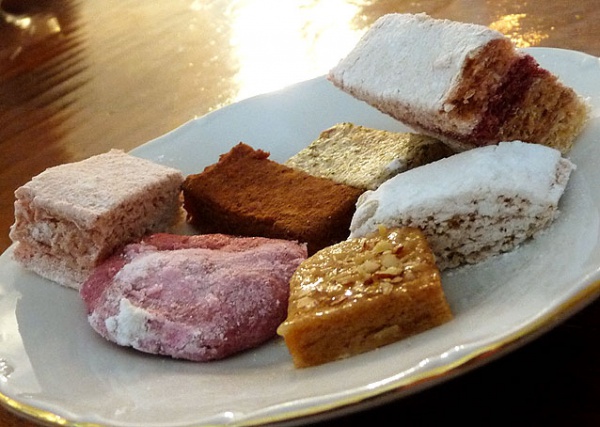Facts About Pastila
Discovering Pastila: A Taste of Russian Tradition
Pastila is a cherished Russian fruit confectionery that has delighted palates for centuries. Picture small squares of pressed fruit paste or airy puffs with a delicate apple flavor, perfect for savoring with a cup of tea. During the days of Imperial Russia, pastila was a luxurious treat, crafted from tart Russian apples or mashed Northern berries, sweetened with honey or sugar, and lightened with egg whites. This delightful paste was then baked in Russian ovens for hours and left to dry, often in special alder boxes.
The history of pastila dates back to the 16th century, with its name likely borrowed from Italian or French. By the 19th century, it had become a noble delicacy, made at grand estates using serf labor. However, during the Soviet era, industrial production methods altered the traditional recipe, and pastila eventually lost its popularity to zefir, another type of confectionery.
In recent years, there has been a revival of traditional pastila, especially the versions from Kolomna and Belyov. Kolomna, often considered the birthplace of the original "white-foam" pastila, even boasts a museum and a museum factory dedicated to its rich history and production methods. The Kolomna pastila is made by whipping apple puree with egg whites and drying it in a stove, creating a product that can be stored for many years.
This revival began in 2008 with the "History with Flavor" project during the European Skating Championship. This initiative led to the reopening of a pastila factory and museum in Kolomna, breathing new life into this cherished symbol of the town. Visitors to the museum can learn about the traditional process of making pastila and sample unique varieties of this delicious treat. The museum, located in the historic part of Kolomna, also offers tourists the chance to purchase authentic Russian pastila to take home.

 Ukraine
Ukraine